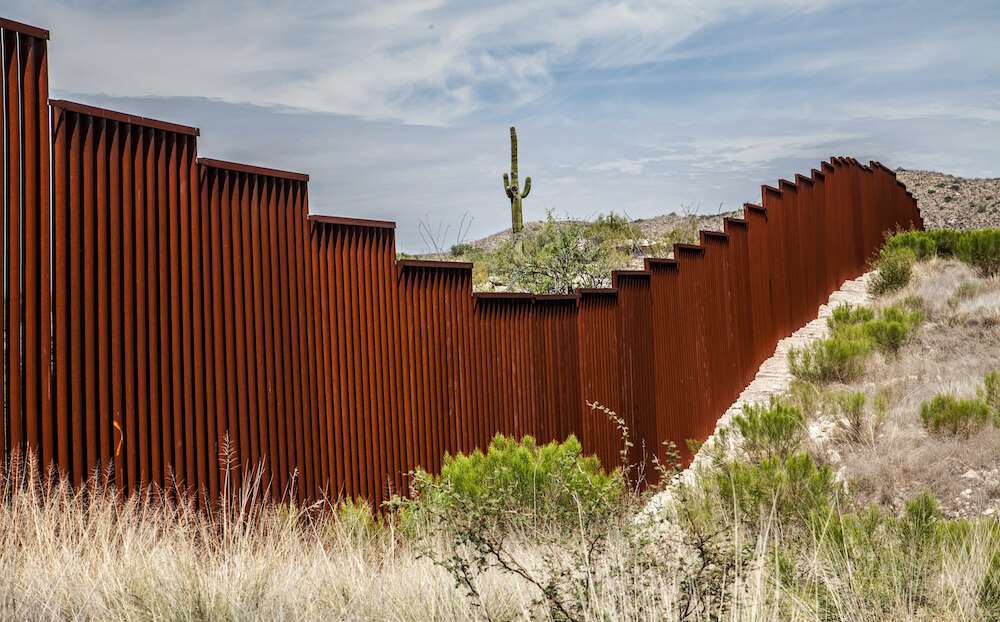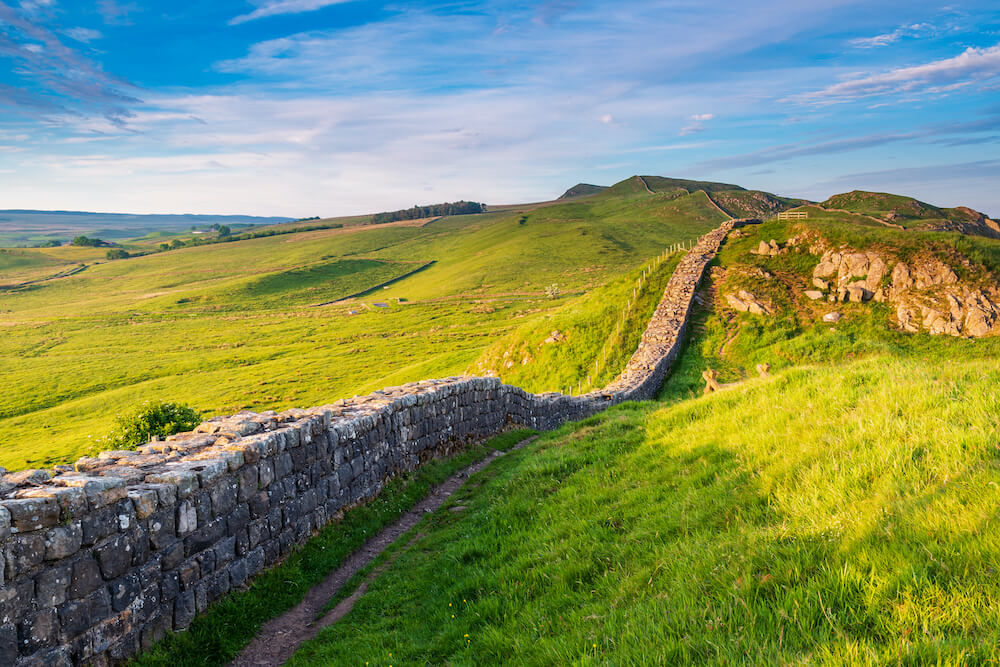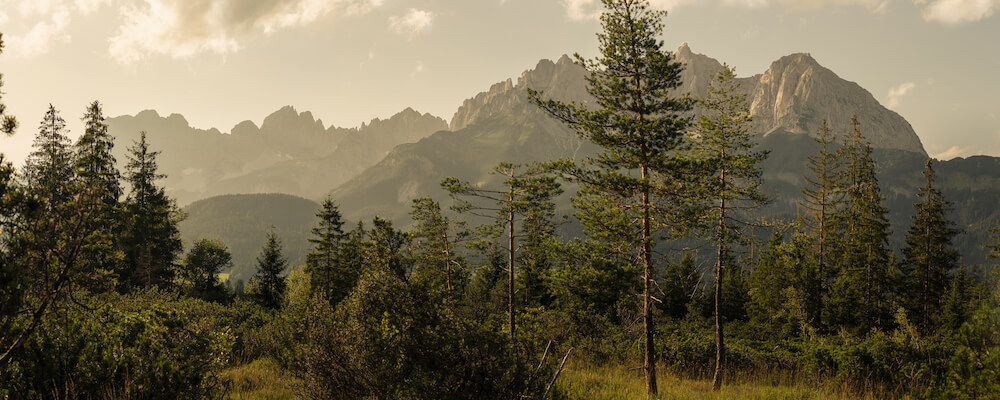Country borders: why we made them
Our entire planet is wrapped in a virtual grid that is nevertheless real for many people: country borders. Let’s take a look at how they appeared.

The beginning of country borders
In the distant past, ancient tribes drew no lines to divide the lands between them. Instead, settlements were separated by areas that belonged to no one. Going there meant that enemies could attack you; at the same time, this no man’s land was the place to contact and trade. Tribes left goods in certain areas where other tribes could take them and leave something else of similar value.
However, nature itself often made the boundary lines. Rivers, mountains, and sea coasts bounded people’s expansion and protected them long before people they the first border on a map.
Sometimes natural borders were not enough to protect people (or even absent altogether), so they built artificial constructions. After all, everyone wanted to defend their communities. Some kind of a wall often enclosed an ancient settlement—but there were much more ambitious enterprises. The Great Wall of China, for example, crossed the no man’s land of the Asian steppe, dividing the Chinese Empire and nomadic Mongols since the 7th century BCE. There’s a myth that you can see the Great Wall of China from space. However, it is only visible from low orbit in perfect weather conditions—and even then, it looks like a faint line.
The Western side of Eurasia has more rugged landscapes—thus, artificial boundaries of comparable scale didn’t appear there until over six centuries later. Only the Roman Empire started to build fortifications at its edges: such as Hadrian’s Wall, Antonine Wall, and Danubian limes.

Next, we will explore the history of borders and how people reimagined the freedom of travel throughout history.
Medieval borders
The world we live in is almost entirely delimited; in our minds, borders are perfect lines—they have no width, only length. Countries may wage violent conflicts over some territories, but they agree on one thing: wherever one country ends, another begins.
Things were different a thousand years ago. The population density was lower—moreover, towns and villages clustered together, leaving vast areas uninhabited. Boundaries were not lines; they were zones—borderlands.
Tiny islands of civilization didn’t need a defined line to separate themselves from other islands. Instead, they shared their borders with wilderness—this kind of boundary is called a frontier.

